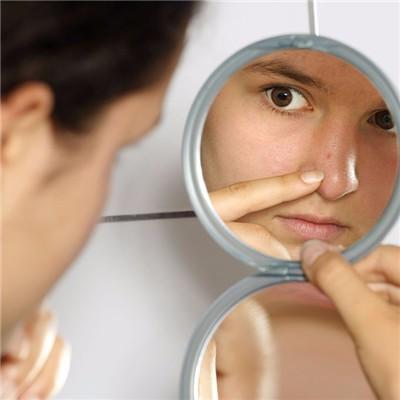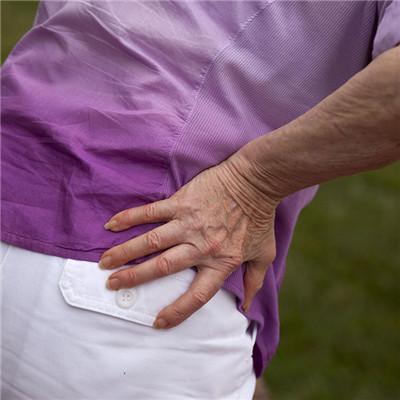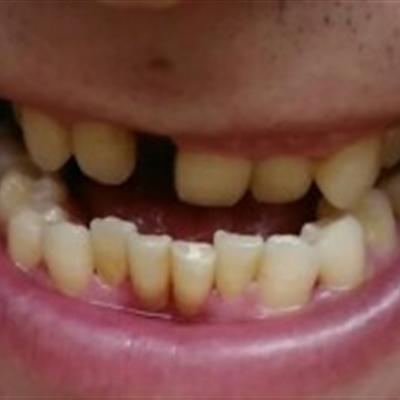Symptoms of black spot polyp syndrome?
summary
Peutz jegher syndrome, also known as pigmented polyps syndrome, is an autosomal dominant genetic disease. About 50% of the patients have obvious family history. The main manifestations were pigmentation on the face, around the lip and buccal drilling membrane, multiple polyps in the gastrointestinal tract, and hamartoma in pathology. Symptoms of black spot polyp syndrome? Let's talk about it
Symptoms of black spot polyp syndrome?
Pigment spots often appear in infancy, often distributed in the lips, gums, buccal mucosa, hands, feet, palms, eyelids, perineum and other parts. Pigment spots were light brown, dark brown, dark brown and blue black, scattered in distribution. The shape is round, oval or irregular, not higher than the skin surface, and the diameter is mostly 1-5mm.
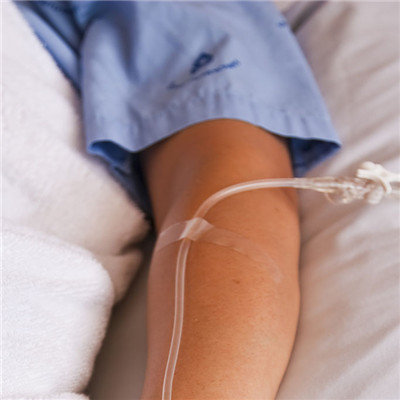
Gastrointestinal polyps occur later than pigmented plaques, and most of them appear around 20 years old or before. Most of the polyps are scattered in the distribution, a few are single. The whole gastrointestinal tract can be distributed, but jejunum and ileum are the most common, followed by colon and rectum, stomach, duodenum and appendix are rare. The size of polyps varies, and the diameter of large polyps can reach 3-4cm.
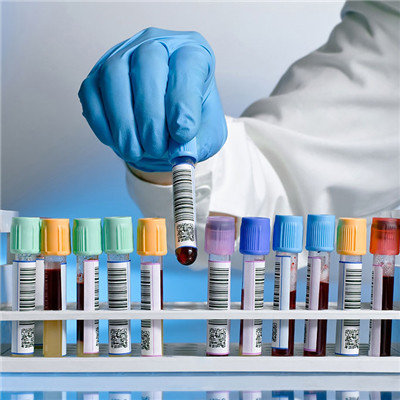
Abdominal pain and bloody stool are the main symptoms. Abdominal pain is associated with recurrent intussusception. Occasionally, complete intestinal obstruction was caused. Anemia and growth retardation are often secondary to chronic gastrointestinal bleeding. Microscopically, multiple polyps of gastrointestinal tract can be seen, which can form agglomerated lumps, soft, red or purple spots.

matters needing attention
1. Pigmented spots need not be treated. If necessary, we can try electrocautery and carbon dioxide cryotherapy. 2. Endoscopic treatment: for gastric and colonic polyps, electrocoagulation can be performed by gastroscope or colonoscopy. Small intestinal polyps are not easy to find, if asymptomatic can be closely observed. 3. Surgical treatment: in case of bleeding or intussusception, it should be operated in time; If there is no intussusception, the intestinal wall can be cut separately to remove polyps; Intussusception was complicated, but there was no intestinal necrosis.
